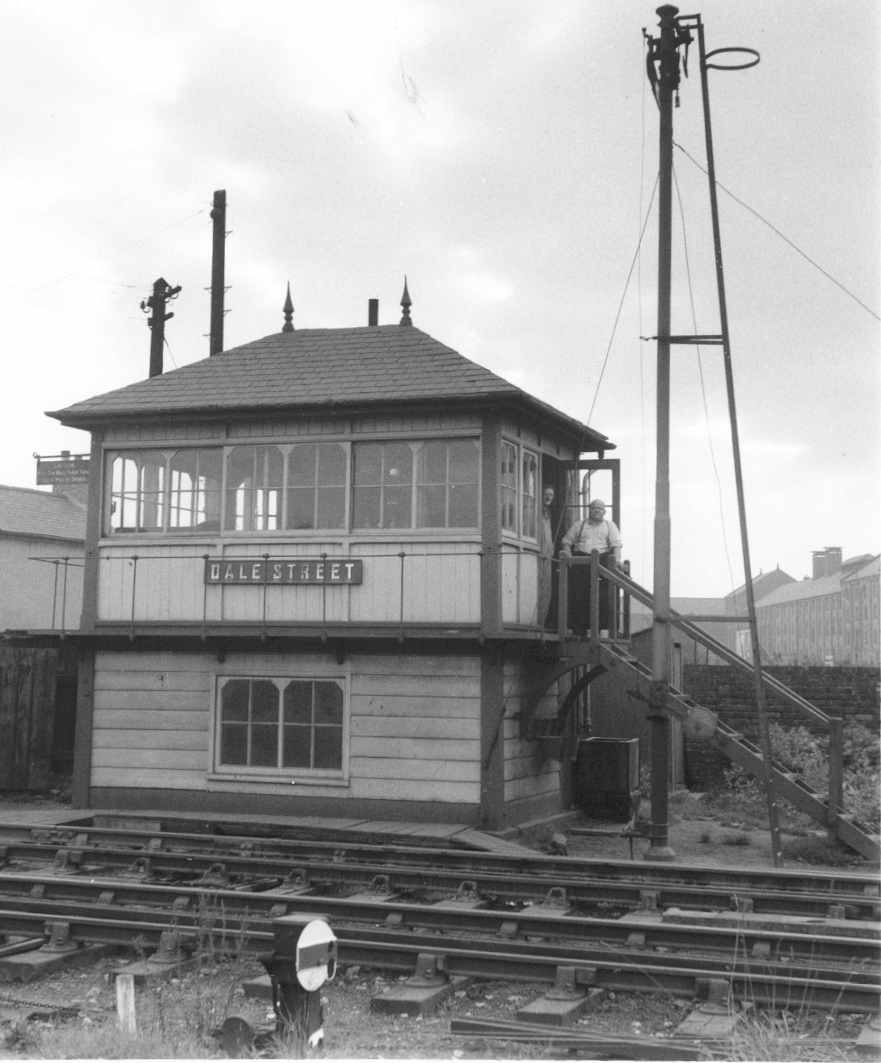
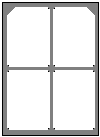
DERBY AREA SIGNALLING
Midland Railway Signal Box Types
This is intended as a very brief introduction to Midland Railway signal boxes and their categorisation. The primary source of information on this subject is Roger Newman to whom I am most grateful (although any errors are mine!).
The Midland were always fiercely independent and signalling was no exception. They were one of only four pre-grouping railway companies to set up their own signal works. This was at Derby and by about 1870 the company was producing their own signal boxes instead of relying on either specialist signalling contractors or local builders.
Midland signal boxes were very standardised as they were prefabricated in sections (or “flakes”) at Derby then transported to site in a special train. New signal boxes could be very quickly erected and in a special exercise in July 1920 at Souldrop, they carried out the task in a mere 85 minutes!
Because of their prefabricated nature, MR boxes lend themselves to being neatly labelled — with only a few exceptions. The basic design of the boxes changed very little during the time of the Midland Railway and were perpetuated by the LMS. Not only did the Midland Division of the latter company erect Midland pattern boxes into the 1920s, the influence of the Midland can be easily seen in the later LMS designs (e.g. Staythorpe Crossing).
It is important to note that the references to Types which follow here are a modern system, created for the definitive work on the subject; The Signal Box by The Signalling Study Group, published in 1986 by the Oxford Publishing Company as ISBN 0 86093 224 9. This long out of print book is well worth seeking out. Try this Amazon link (but I don't know how long it will remain live). To the Midland Railway, the current design was just the current design. In later years, for fairly pragmatic reasons, signal fitters came to refer to the different designs as "high window" or "low window" variants.
The earliest of the standard Midland boxes, not surprisingly, are categorised as “Type 1”. These are easily distinguished by the front windows of the operating floor being only two panes deep. Mainly due to a conscious effort by the Midland to replace their older, smaller signal boxes in the 1880s, very few Type 1s survived into the later years of the 20th Century and none survive today.
| Type 1 |
 |
c1870 – 1884 |
 |
|
The first major design change took place in 1884. “Type 2” boxes differed from their predecessors in that the front windows were deeper with three panes. The end windows remained only two panes deep. In 1892 there were subtle changes which resulted in the Type 2b; a narrow post which separated two window frames on the door end was dispensed with and the width of vertical boarding changed from 6” to 3½” – although as repairs to earlier boxes employed the new style this change is somewhat blurred. There was a short period of overlap with Type 2a boxes being built until 1893. The Type 2b remained standard until the Type 3 was developed but examples continued to be erected until 1901.
| Type 2a |
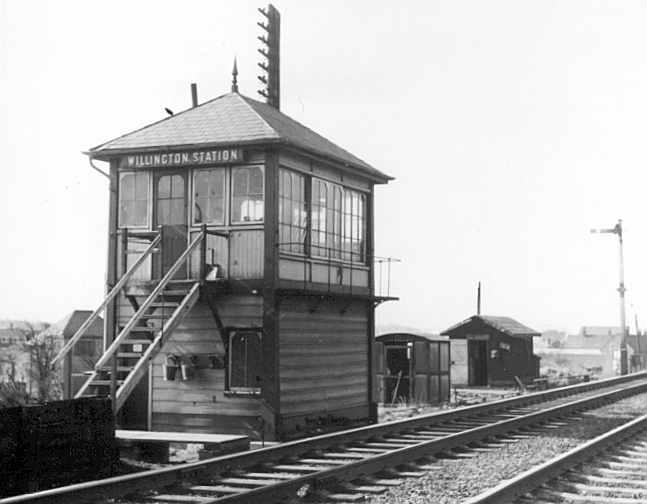 |
1884 – 1893 |
|
|
| Type 2b |
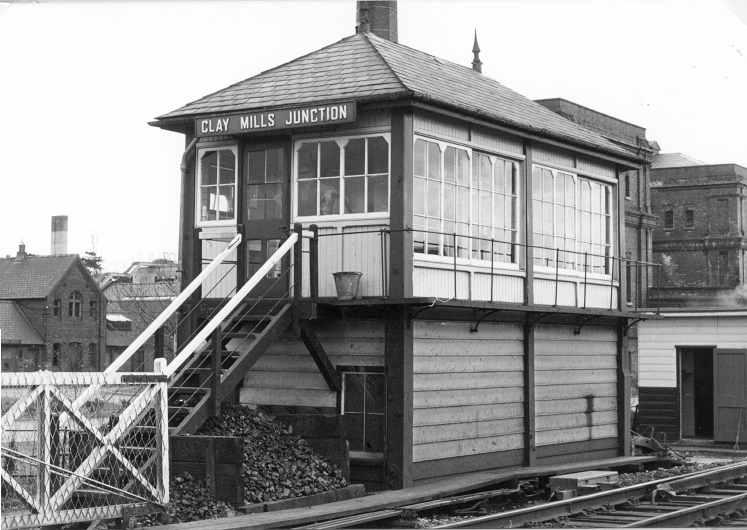 |
1892 – 1901 |
|
No post between door end windows |
The next significant change in design came with the arrival of the “Type 3” making its debut in 1898. The two pane end windows were also deepened to three panes to improve visibility and match the front. Another variation which appeared with the Type 3 was a new pattern of window with only one horizontal glazing bar at two thirds height. These “Design B” windows were a distinguishing feature of Type 3b boxes. The Type 3b actually pre-dates the 3a by two years.
| Type 3a |
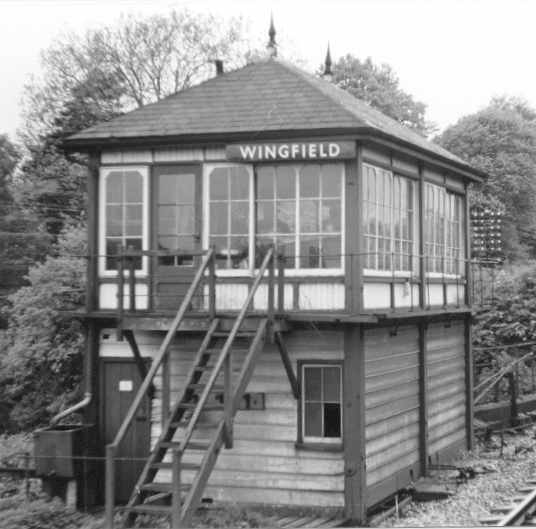 |
1900 – 1906 |
|
|
| Type 3b |
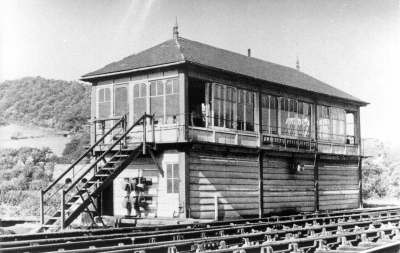 |
1898 – |
|
|
The final variant, the “Type 4” appeared from 1906. This time it was the horizontal boarding below operating floor level which underwent the change. The Type 4 has “lapped boarding” instead of “weatherboarding”. Whereas in weatherboarding the horizontal timbers are simply overlaid over one another, lapped boarding has a tongue and groove appearance with a distinctive wide area between the timbers.
A further fundamental development at this time was the use of concrete bases. MR signal boxes seem to have always been prone to rotting of their lower timbers which is hardly surprising given they were set into the ground. Concrete bases were intended to overcome this. As a consequence of the need for the site to be prepared prior to the erection of a Type 4 box, the Signal Department became — no doubt somewhat grudgingly — dependant on the Engineer's Department to lay the concrete base prior to work commencing.
Initial examples were Type 4a and 4b with Design A and Design B windows respectively. In 1908 a third window variant appeared - Design C without a vertical glazing bar.
During World War One, labour and materials were scarce and expensive which lead to the Type 4d in 1917. This design dispensed with decorative features like the finials on the ends of the roof and (presumably because smaller glass panes were cheaper/easier to replace??) reverted to Design A windows.
Even after the demise of the Midland Railway in 1923, the LMS continued to refine the MR signal box design. In 1926 MR pattern boxes with Design C windows appeared and have received the Type 4e designation.
| Type 4a |
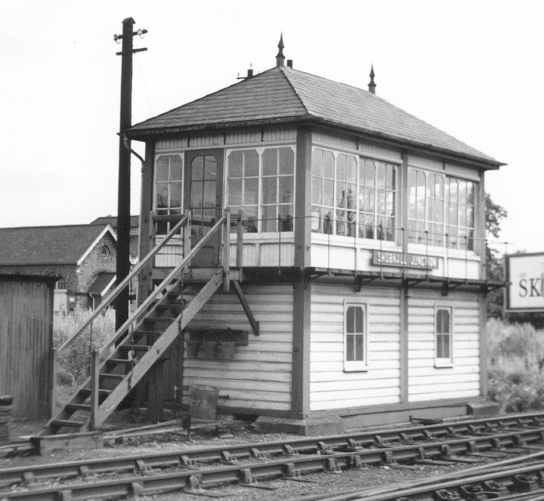 |
1906 – 1917 |
|
As Type 3 with horizontal lap boarding |
| Type 4b |
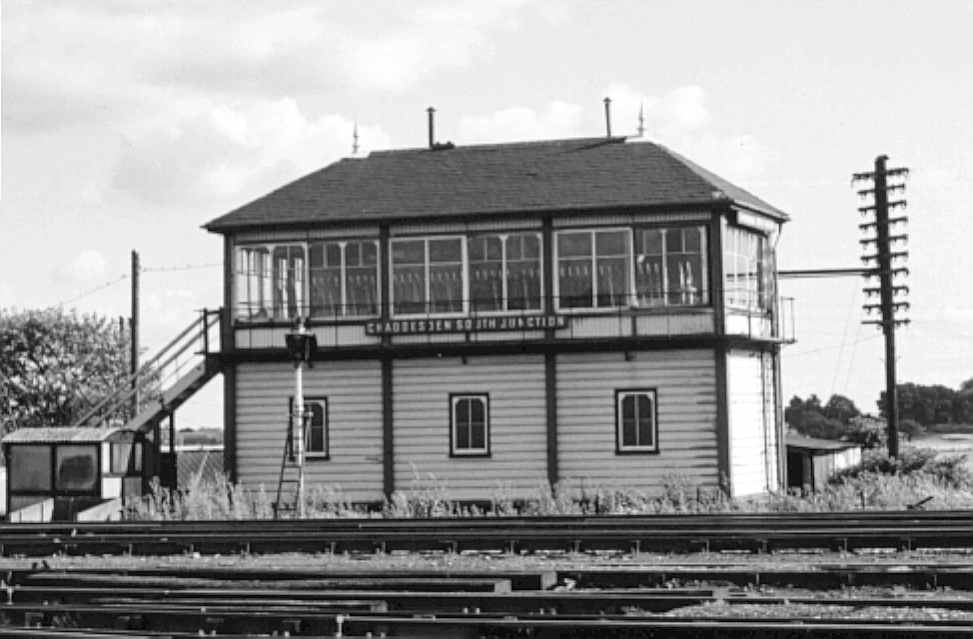 |
|
||
| Type 4c |
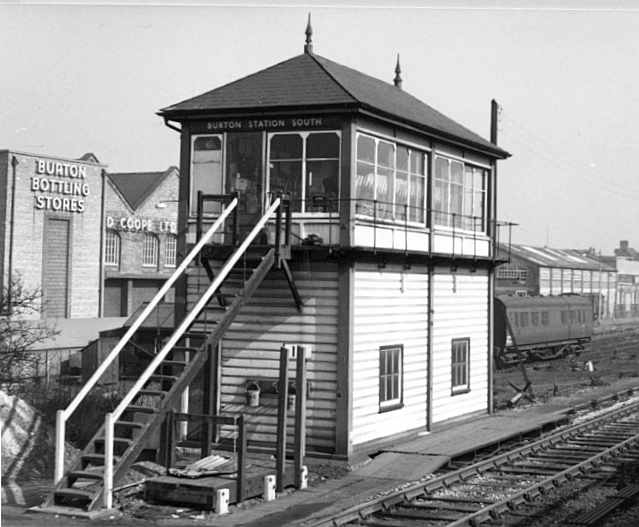 |
1908 – 1915 |
|
|
| Type 4d | 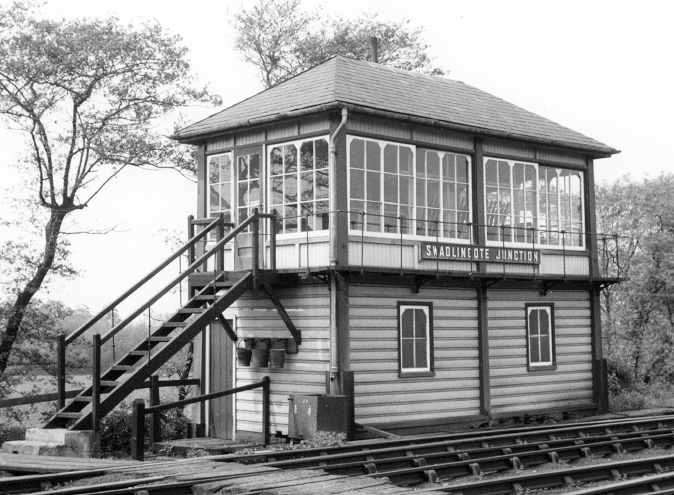 |
1917 – 1928 |
|
No finials |
| Type 4e |
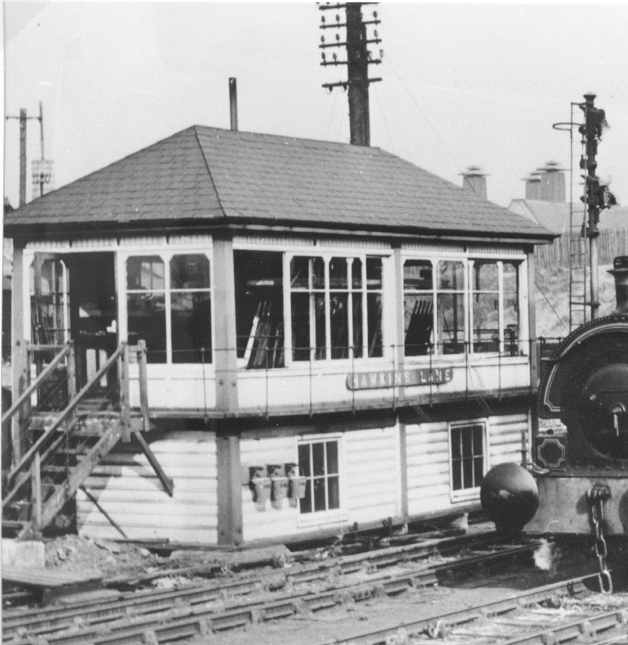 |
1926 – 1930 |
|
From 1930 up to and including the Second World War, the LMS built its own design of signal box. Latterly designated Type 11, theses boxes were an amalgam of Midland and LNWR — substituting the latter’s pitched roof with gables for the former’s hipped roof but retaining the distinctive Midland windows. However, like Midland boxes, there are variations in window designs. A fourth variant arrived on the scene in 1933 when the distinctive triangular pieces in the upper corners of the windows were dispensed with.
Whereas Midland boxes were almost exclusively constructed of timber, LMS Type 11 boxes were built with brick as far as the operating floor or all timber.
Dave Harris, Willington, Derby, UK.
Email: dave@derby-signalling.org.uk
Page last updated: Saturday, 7 November 2020